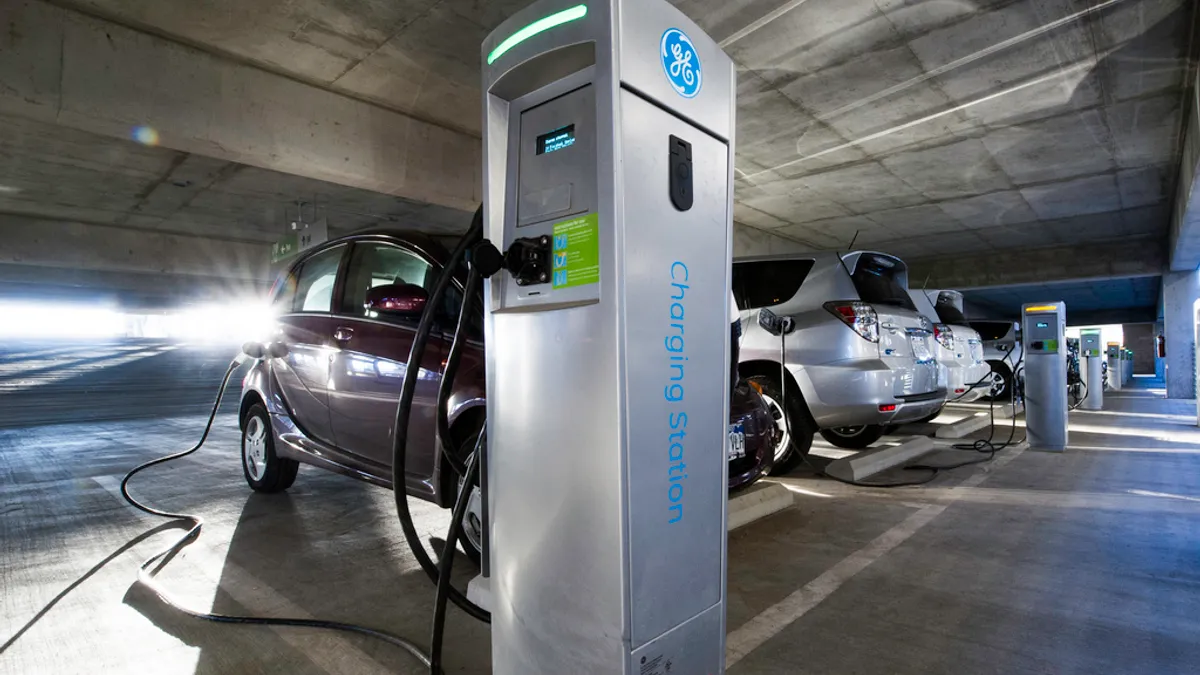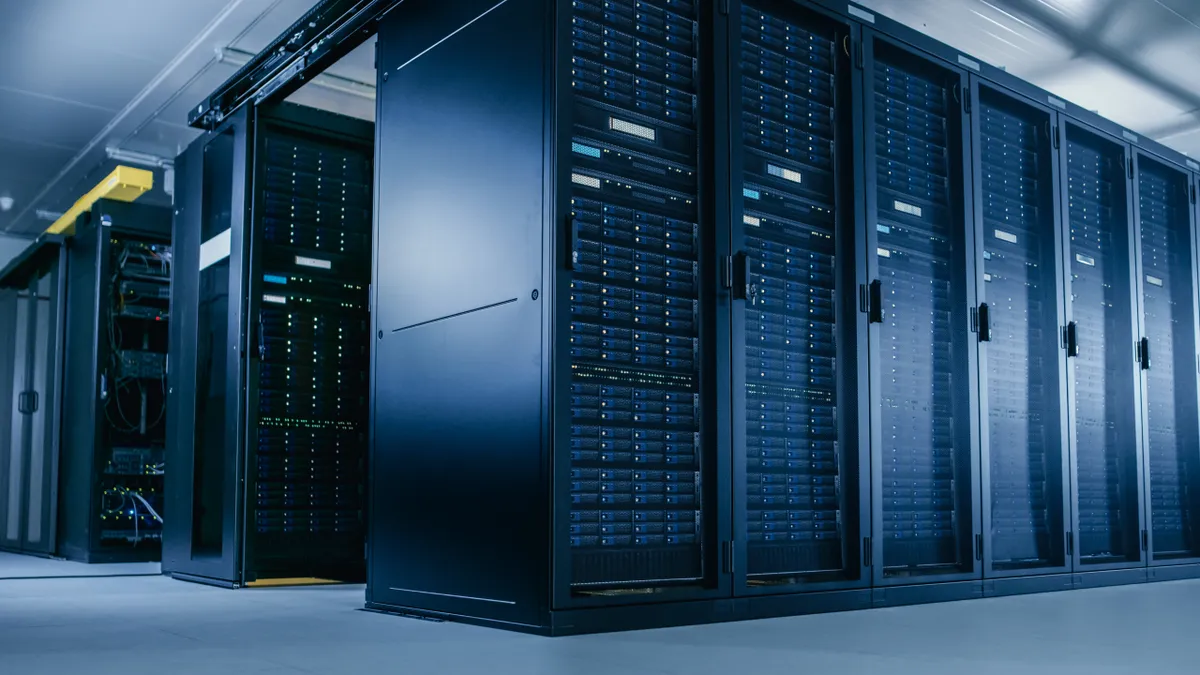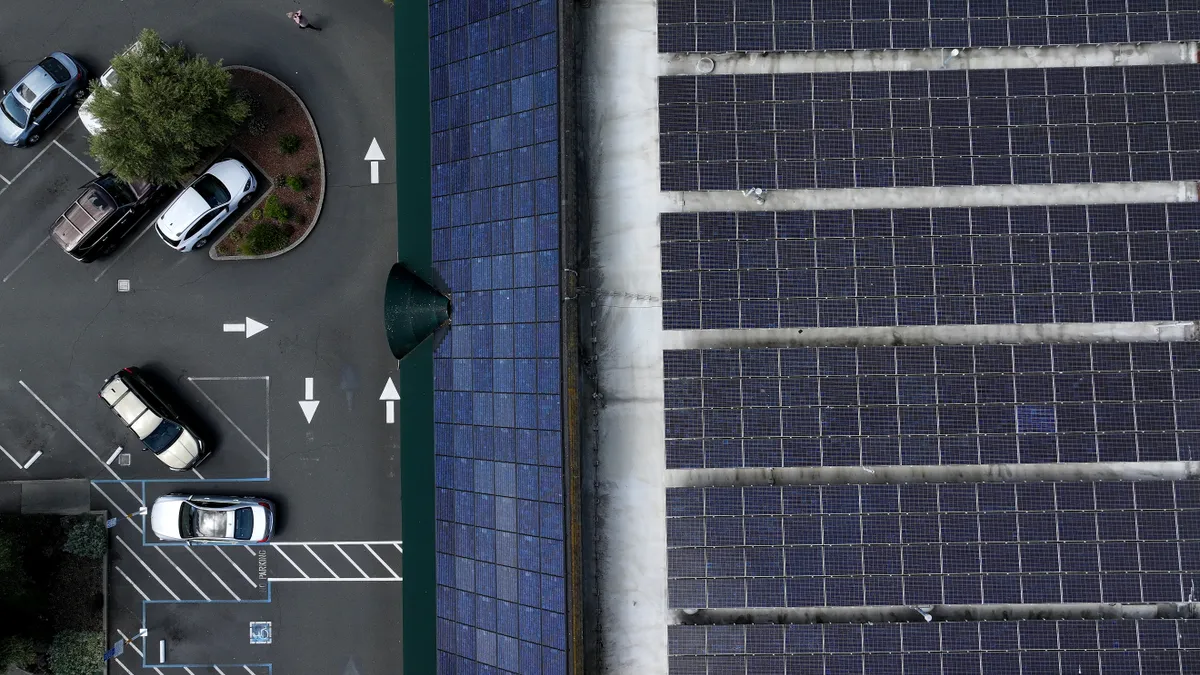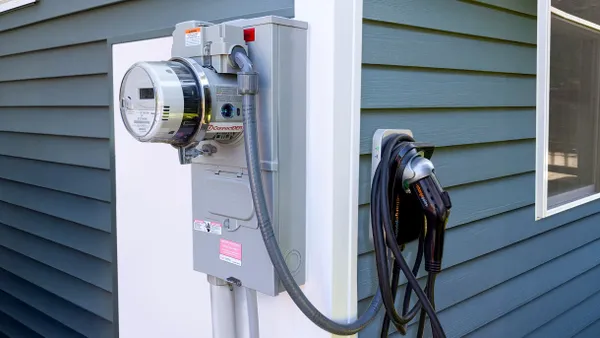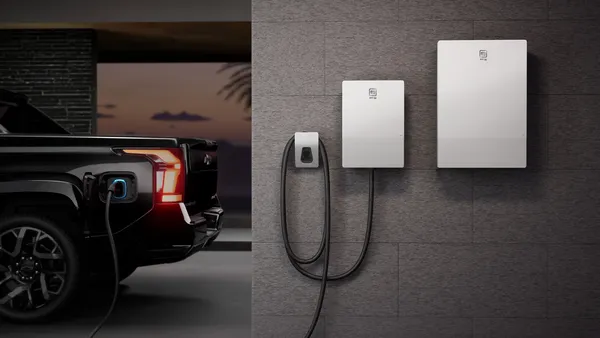Dive Brief:
- Consolidated Edison and electric vehicle tech developer FleetCarma have teamed up on a new program that entices customers to charge during off-peak hours, providing rewards and efficiency advice in exchange for valuable data on charging usage.
- Any EV owner that charges in Con Edison's territory is eligible, and it is not necessary to be a customer of the utility. Rewards include $0.05/kWh of charging during off-peak hours.
- Participants connect a cellular-enabled device into the on-board diagnostic port or connector of the vehicle, allowing Con Edison to analyze usage and giving the customer access via an online portal.
Dive Insight:
Consolidated Edison's "SmartCharge New York" program is unique in its structure, offering rewards that can be redeemed for an assortment of e-gift cards, digital pre-paid cards, and nonprofit donations. While that may entice customers to shift their charging, the real goal is for the utility is to collect data for future use.
"We expect the number of electric vehicles to increase the next few years as drivers realize the economic and environmental benefits," Matthew Ketschke, Con Edison's vice president, distributed resource integration, said in a statement.
The utility explains the goal of the program "is to gather insights on how the growing popularity of EVs will impact its electric-delivery system," which Con Edison will then use to inform investments.
Customers earn $50 in SmartCharge Rewards for enrolling, and receive $5 in rewards in each month that they charge in the Con Edison service territory. EV owners will earn $0.05/kWh of charging during off-peak hours, from midnight to 8 a.m.
Data from the car is sent back to the FleetCarma network through a cellular-enabled device that plugs into the vehicles diagnostic system. For a look at the FleetCarma C2 device, there is an installation video online here.
So far, Con Edison does not own any electric vehicle charging infrastructure, but the utility views the electrification of the transportation as an important emerging area. "This is a way the utility industry can help drive positive electrification and decarbonization," Ketsche told Utility Dive earlier this year.



